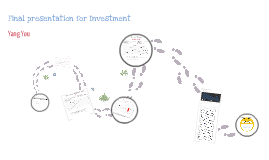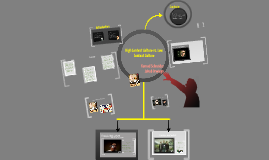Nice Presentation
Transcript: ‘Context’ • Definition: the factors shaping the circumstances of a statement and the perception of it, in terms of how much of it can be completely understood. • Countries in Asia, the Middle East and Southern Europe are typically dominated by ‘high context’ culture • Countries in North America, Northern, and Western Europe often are ‘low context’ cultures ‘Low context’ • In ‘low context’ cultures most messages are overt and explicit • Highly mobile environments such as the Canada and the US, where people come and go, need lower ‘context’ culture • Communication in ‘low context’ cultures is direct and clear & Low commitment to relationship, transmitting the task is more important than relationships • ‘Low context’ cultures argumentation and rhetoric are used in advertising, whereas symbolism and indirect expressions are commonly found in advertisements in ‘high context’ cultures High Context ad: Japan: Suntory beer - Comprehend: Corporate meeting/social gathering over beer at night. Uncomprehensible meaning resides in: - Non-verbal language, hand gestures. - Unexplaind interactions/relationships. - Implicit communication. Not translated into low-context cultue. Introduction ”Finally a lite products we, as men, understand. 30 % less calories, 4.1 % alcohol. ” Comprehensible meaning: Dilemma between health and taste. The Carlsberg solution: Same amount of alcohol, less calories. Meaning resides in: - Explicit non-verbal language, outward reaction . - Sound effect. - Overt messages - Summarizing statement. Beyond Culture: High Context Culture Low context examples Conclusion Published in 1976 Contains simple but logical comments on culture and its influence on our behaviour -> “it provides a good understanding of the manner in which culture conditions us to perceive our world, and the people who inhabit it, in certain predetermined ways.” (Pacific Sun) Introduces the concept of “high and low context culture” Low context ad: Denmark: Carlsberg Lite ‘High context’ •Requires people to understand the rules, by using their knowledge of contextual elements •People in ‘high context’ cultures rely more on indirect language, many covert and implicit messages, with use of metaphor and reading between the lines. •Communication tends to be through words, the tone of the voice, body language, timing, facial expressions, eye contact, and the use of silence as pauses • ‘High context’ cultures are more relationship-oriented, community and the traditional way of doing things are very important High context examples Example: Low Context American anthropologist and cross-cultural researcher Influential colleague of the well-known media theorist Marshall McLuhan Gradually developed his concept of “cultural dimensions”, which he described in several books. Thank you for your attention! Concept Differences: • Behaviour (verbal / nonverbal) • Emotional expressions • Relationship-building • Directness/indirectness Example: High context High Context Culture vs. Low Context Culture Konrad Schneider Jakub Drwiega High or Low Context Culture? Edward T. Hall (1914-2009):

















